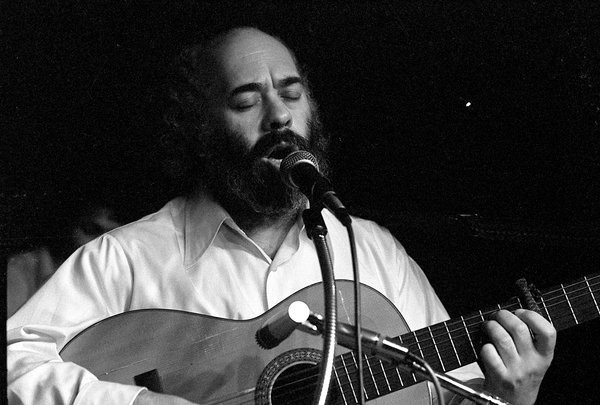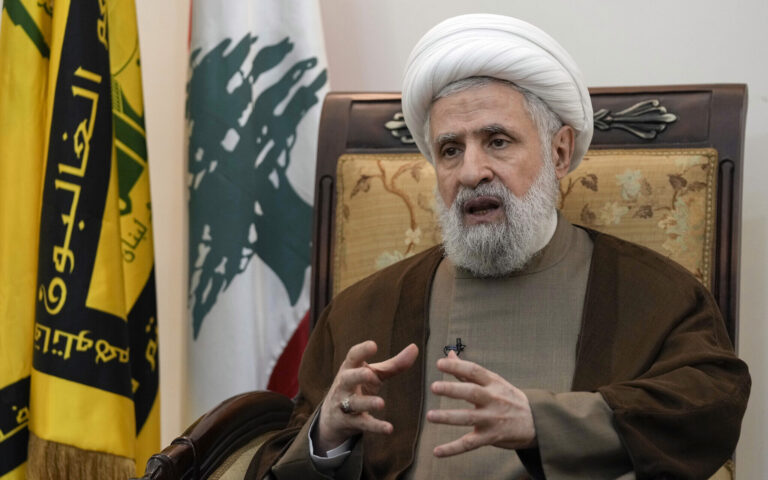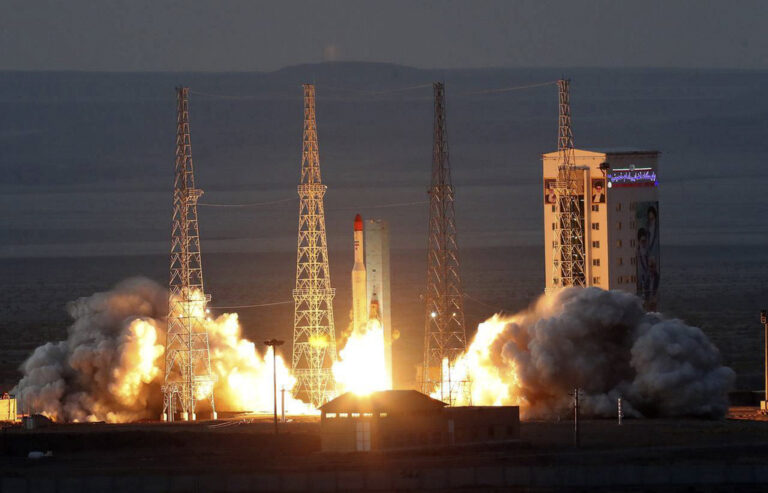Eileh pekudei haMishkan Mishkan ha’eidus (38:21)
Rashi explains that the repetition of the word “Mishkan” alludes to the fact that the Temple was taken from us by Hashem as collateral (mashkon) for our sins. However, regarding a human creditor, the law is (22:25) that if he takes an object from the borrower, such as an item of clothing, to secure the payment of the loan, he is required to return it before sunset so that the borrower may use it. If so, why have we remained in exile without the Beis HaMikdash for almost 2,000 years? Why hasn’t Hashem honored the legal requirement to return our collateral to us the same way that we are required to do so for others?
Rav Zalmeleh Volozhiner answers these questions with a powerful lesson. The Torah explains that the reason the lender must return the item is because it is critical to the debtor. As he has no replacement for this garment, he will be left with nothing in which to sleep at night. He will cry out in his pain to Hashem, Who will listen in His infinite compassion.
If so, we must conclude that the reason we remain bereft of the Temple after so many years can only be that we don’t assign it the same significance that the borrow does to his clothing. We don’t feel lost and hopeless without it, having found other acceptable substitutes throughout the generations. Because we don’t truly cry out for the return of our collateral, Hashem has yet to return it to us.
Rav Zalmeleh adds, however, that any individual who is genuinely pained at the absence of the Temple and emotionally implores Hashem to give it back will merit a Heavenly gift of the identical blessing and Divine presence that he would receive if the Beis HaMikdash was actually extant.
U’Betzalel ben Uri ben Chur l’mateh Yehuda asah es kol asher tzivah Hashem es Moshe (38:22)
In discussing the construction and assembly of the Mishkan and its vessels with Betzalel, Rashi writes that Moshe initially suggested that the vessels should be built before the Mishkan itself. Betzalel disagreed and maintained that the structure should be constructed before its contents so that the utensils would have a place to rest upon their completion, a position to which Moshe subsequently acquiesced. Tosefos (Berachos 55a) notes that the wording of the verses in Parshas Terumah seems to support the opinion of Moshe, while the order used in Parshas Ki Sisa is in accord with Betzalel’s position.
I once read a beautiful explanation of the dispute between Moshe and Betzalel based on a comparison to a similar disagreement. The Gemora in Chagigah (12a) records that Beis Hillel claimed that the Earth was created before the Heavens, while Beis Shammai maintained the opposite. Beis Hillel issued a challenge strikingly similar to that of Betzalel, asking Beis Shammai whether it is customary for a person to first build an attic (the Heavens) and only afterward the house (Earth).
The Rogatchover explains that the dispute between Beis Hillel and Beis Shammai was actually over a much more profound question: which has more importance, the means to accomplish a goal or the goal itself? The ultimate purpose of life is to earn a portion in the World to Come, yet the mechanism for doing so is the performance of mitzvos in this world. Beis Shammai focused on the true goal and held that the Heavens were created first, while Beis Hillel argued that because it is impossible to get there without the proper means, the Earth was created first.
Similarly, the focus of our lives is to elevate and perfect our souls, but the mechanism for doing so is the observance of the Torah with our bodies. Initially, a person’s soul was dominant, but after the sin of Adam and Chava the body became superior. The mystics write that although the Gemora generally rules in accordance with the opinion of Beis Hillel, in the Messianic era the law will be in accordance with the position of Beis Shammai.
We may symbolically explain that at present, the body (means) prevails and we therefore follow the rulings of Beis Hillel. When Moshiach comes, the soul (purpose) will once again be dominant as it initially was, and we will conduct ourselves according to Beis Shammai’s opinions. When the Jewish people enthusiastically accepted the Torah at Mount Sinai, they purified themselves to reach Adam’s pre-sin level (Shabbos 146a). This new state was unfortunately brief in duration, as they lost it when they sinned with the golden calf.
With this introduction, we can now explain that the purpose of the Mishkan was the Divine Service which took place inside through itso vessels, while the Mishkan itself merely represented the means to accomplish this goal. Moshe wasn’t present during the sin of the golden calf and didn’t recognize the spiritual decline which had befallen the people. As such, he instructed Betzalel to make the vessels and then the Mishkan as he had been instructed in Parshas Terumah before the sin of the golden calf, when the Jewish people were on a level to follow the opinion of Beis Shammai.
Betzalel, on the other hand, recognized what had transpired and knew that they were no longer able to conduct themselves on such a lofty plane. He therefore suggested following the order of Parshas Ki Sisa, which was given after the sin of the golden calf (Rashi 31:18). Moshe recognized the unfortunate truth behind Betzalel’s logic and conceded that his opinion was to be followed, remarking, “You were in the shadow of Hashem.” Moshe was hinting to the fact that, unlike himself, Betzalel had witnessed the national downfall during the sin of the golden calf when the people returned to living in Hashem’s shadow without a soul-dominated clarity of understanding, and Beis Hillel’s logic once again prevailed.
Ki anan Hashem al ha’Mishkan yomam v’aish tih’yeh laylah bo l’einei kol Beis Yisroel m’chol mas’eihem (40:38)
The book of Shemos concludes by teaching that the Mishkan was covered by Hashem’s cloud during the day and by fire at night throughout the travels of the Jews in the wilderness. In his commentary on this verse, Rashi curiously adds that even the times of their encampments are also included in the reference to “their journeys.” What lesson is Rashi teaching us?
Rav Moshe Shternbuch suggests that Rashi is symbolically teaching us that there are no interruptions in a person’s service of Hashem. Even at the times when one is forced to take a break, the rest doesn’t constitute a goal unto itself, but rather a means of renewing one’s energy in order to continue with the next journey.
Parshas Pekudei is traditionally read near the end of the yeshiva’s winter z’man, as the students prepare to return home for the Yom Tov of Pesach. As we conclude the book of Shemos, Rashi teaches us the Torah’s philosophy regarding this intersession. It shouldn’t be viewed as an independent break in the yeshiva calendar, but rather as a link in the chain of personal growth and an opportunity to refresh ourselves in order to return and begin the next z’man with a feeling of enthusiasm and renewal.
Answers to the weekly Points to Ponder are now available!
To receive the full version with answers email the author at [email protected].
Parsha Points to Ponder (and sources which discuss them):
1) Rashi writes (38:21) that the repetition of the word “Mishkan” in the beginning of Parshas Pekudei alludes to the fact that the Temple was taken from us as collateral (mashkon) for our sins. Why is this point made when recounting the reckonings of the materials used in its construction instead of in the command to make the Mishkan or when relating its actual construction? (Zahav Sh’va)
2) In reference to the making of the Tzitz (head-plate) of the Kohen Gadol, the Torah states (39:30) that “they wrote on it ‘Holy to Hashem.’” Why was it necessary for multiple people to inscribe a mere two words on the Tzitz? (Moshav Z’keinim, Taam V’Daas)
3) At the end of Parshas Pekudei, Moshe erects the Mishkan (40:17). Rashi writes (Bamidbar 7:1) that for seven consecutive days, Moshe assembled the Mishkan in the morning, offered the requisite sacrifices, and took it apart. On the eighth day, he erected it permanently. How was Moshe permitted to assemble the Mishkan and take it down for seven consecutive days, one of which is necessarily Shabbos, when the law is (Rashi 35:2) that the building of the Mishkan may not be done on Shabbos? (Har Tzvi Parshas Nasso, M’rafsin Igri)
4) In the special portion which is read as Parshas Shekalim, Rashi writes (30:12) that a census must be conducted by counting the half-shekels which were contributed by each person because it is forbidden to make a head count. The Gemora in Yoma (22b) explains that when it was necessary to count Kohanim in the Temple, the person in charge would count their fingers instead of their heads. As their fingers and heads are all part of the same body, why is counting one forbidden and counting the other permitted? (Shu”t Torah Lishmah 386, M’rafsin Igri)
© 2011 by Oizer Alport.










